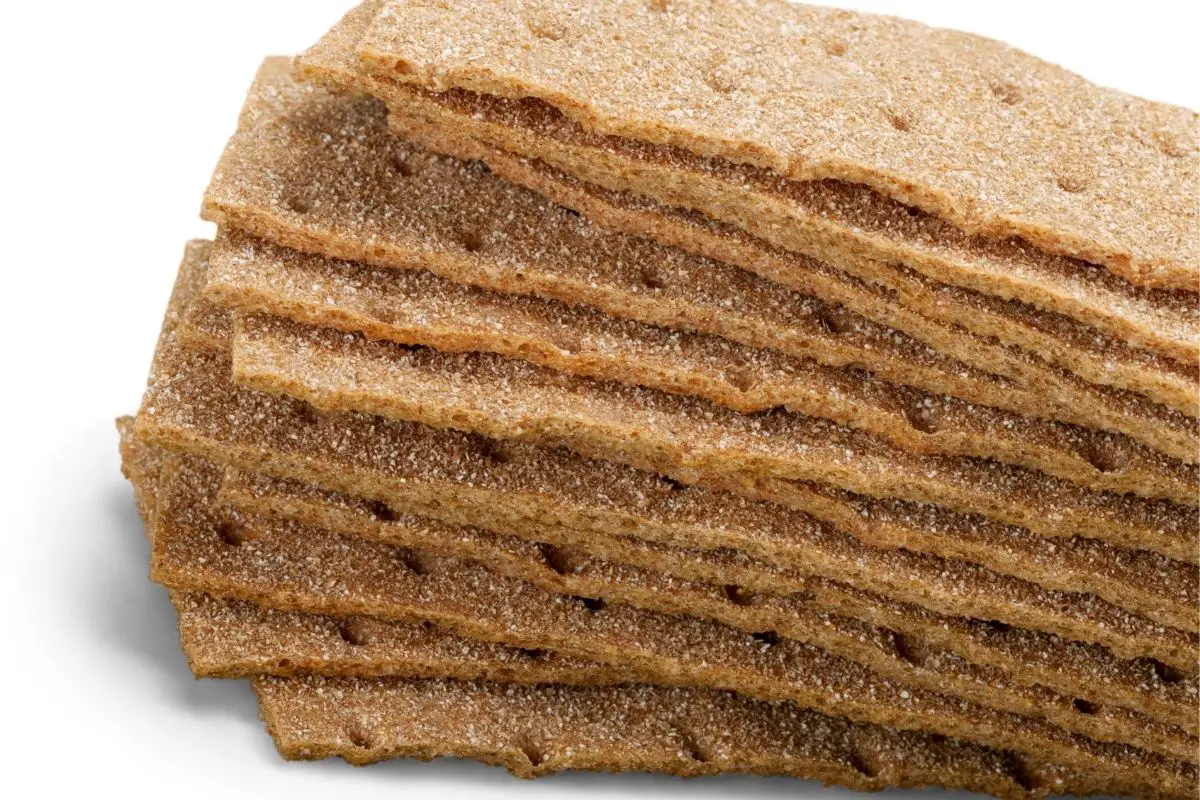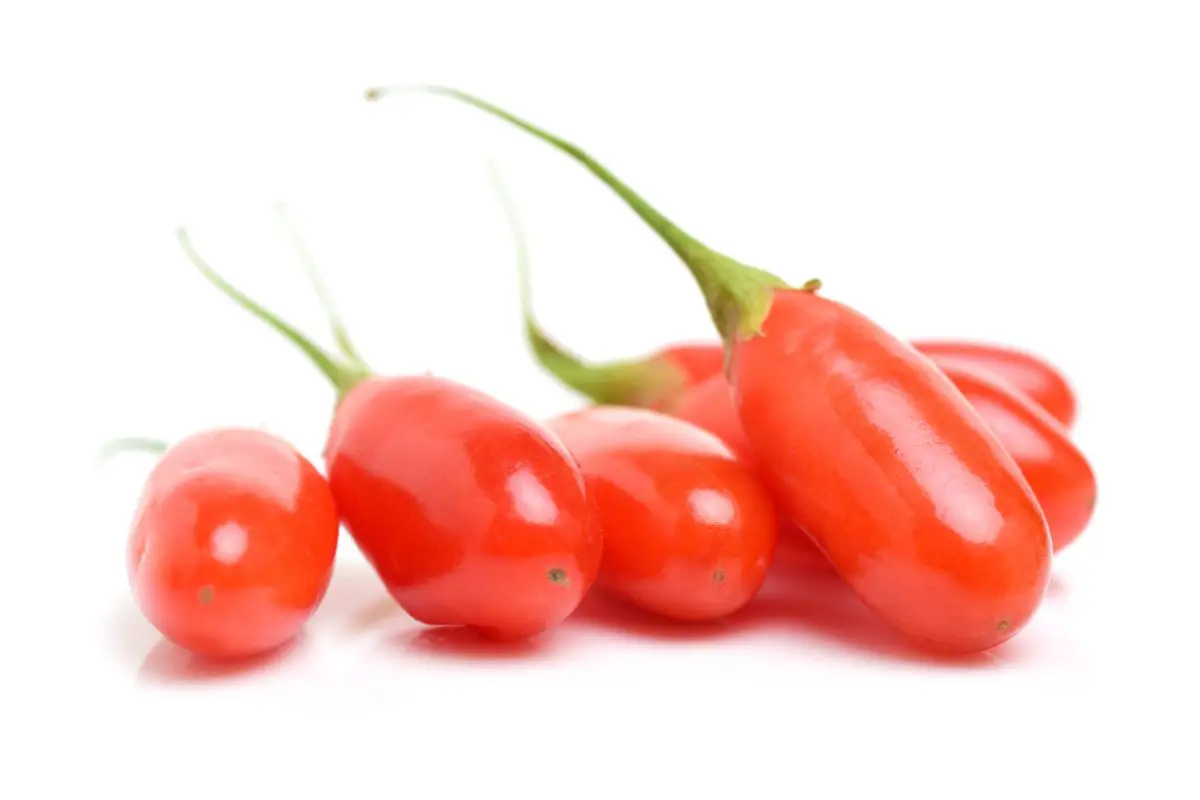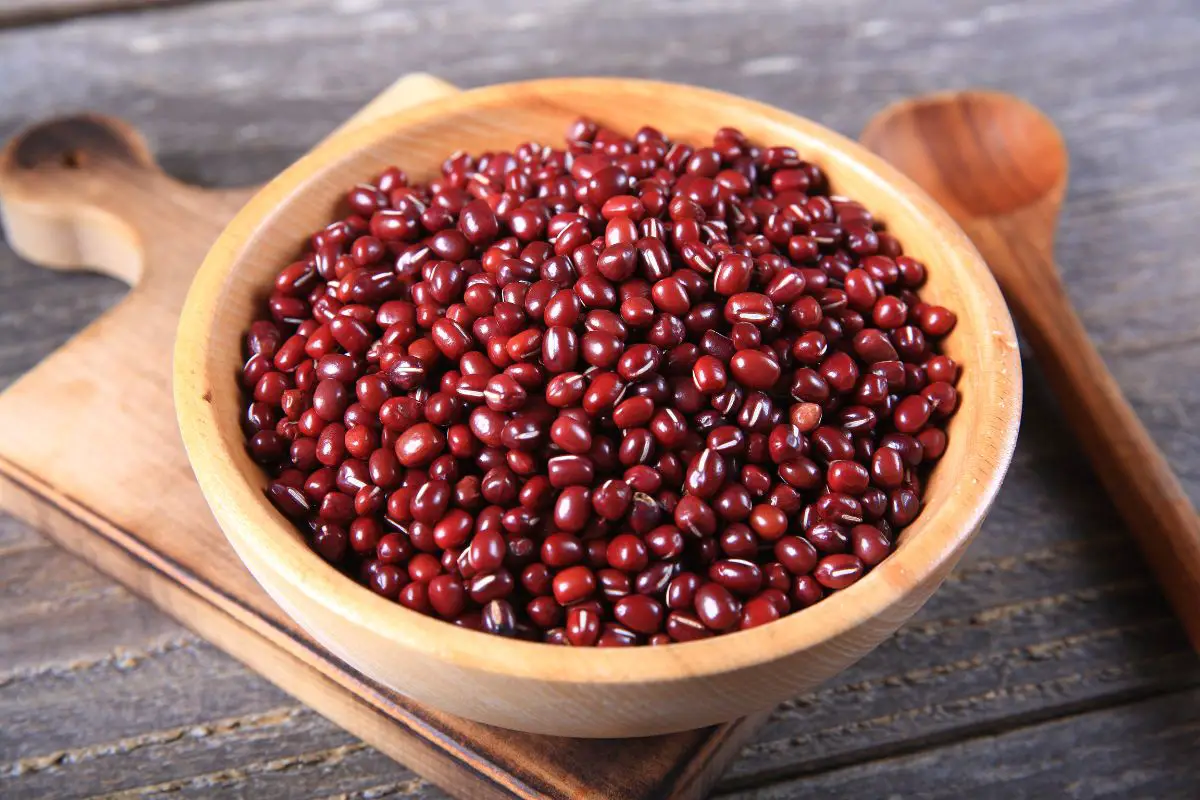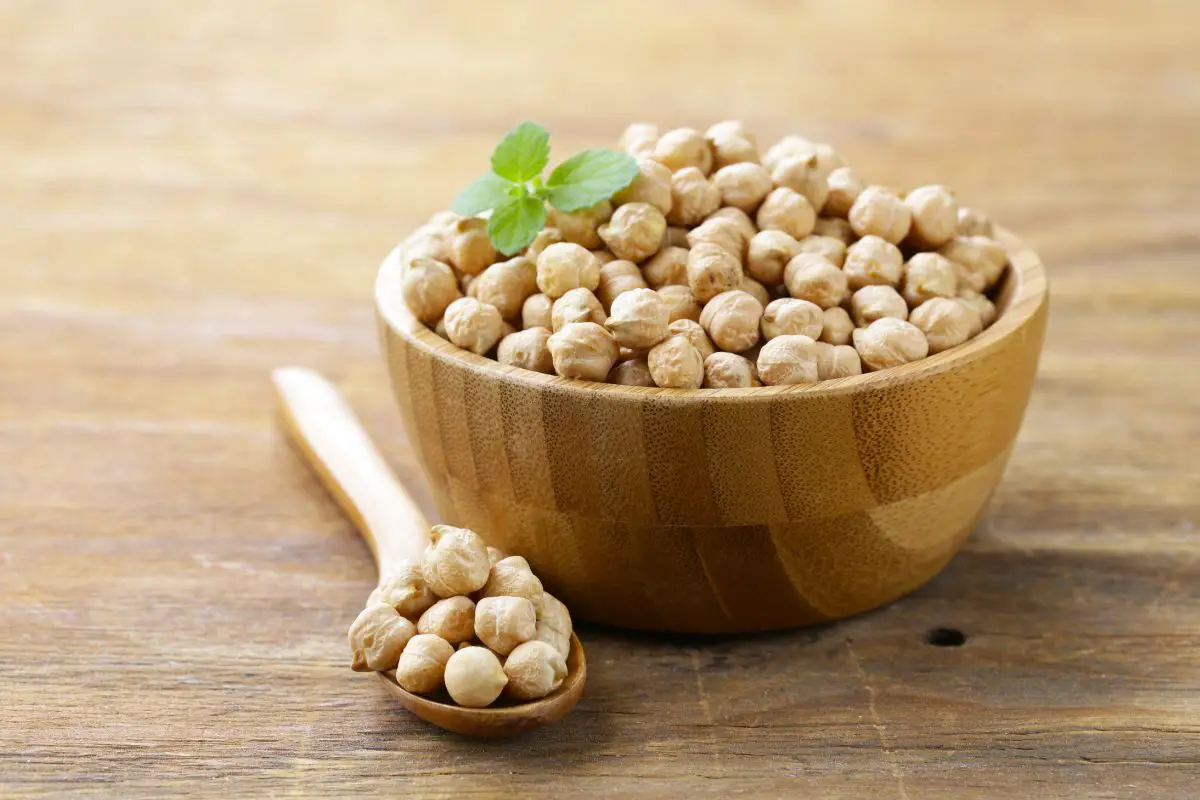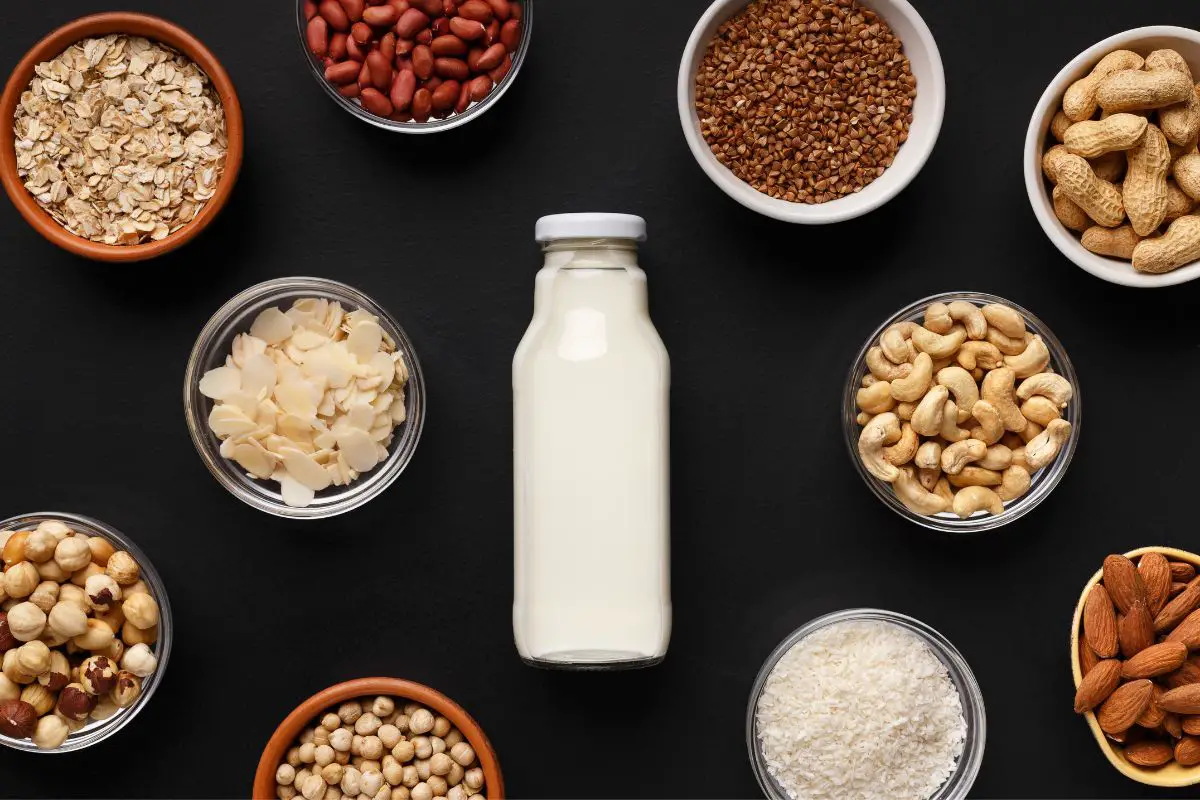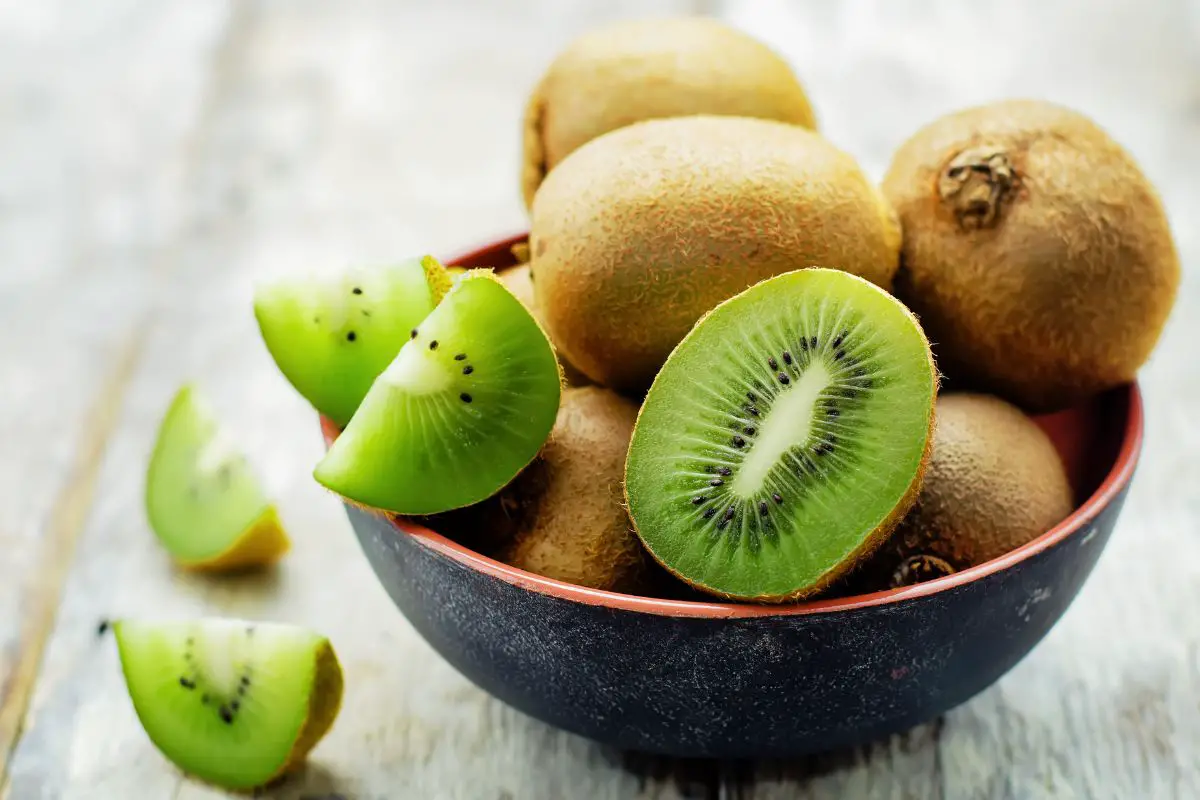Dried bonito flakes are a food item commonly found in Japan. Known as katsuobushi in Japanese, this unique ingredient is used in a variety of different ways.
Whether you need a garnish, topping, seasoning, or an ingredient in stock, bonito flakes might be the perfect ingredient.
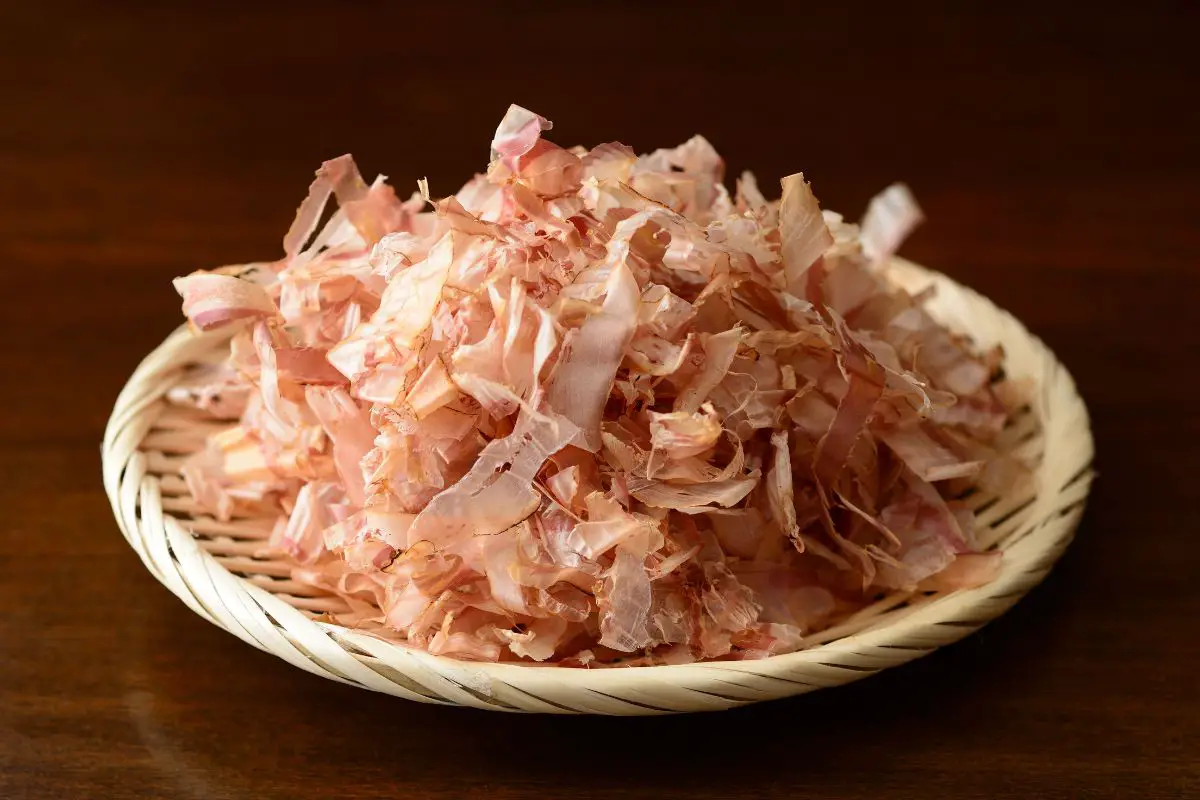
So what do bonito flakes taste like? How are these unusual flakes made and what exactly are they used for?
In this article, we will take a closer look at bonito flakes and will focus on how they taste.
We will discuss how they are made, their nutritional value, their taste, and texture, and how they are commonly used in Japanese cuisine.
Let’s get started!
What Are Bonito Flakes?
Let’s begin by looking at what bonito flakes are. At first glance, it’s almost impossible to understand what they are made from as they look like a cross between wood shavings and the external skin of an onion.
Bonito flakes are made from skipjack tuna. In some countries and regions, the word “bonito” can also be used for skipjack tuna and this is where the name of the flakes comes from.
The fish is cooked and then undergoes several rounds of smoking. Following this, the cooked and smoked fish is fermented and sun-dried, a process that can take several months to complete.
The dried fish becomes very hard as most of the moisture is removed and it has a consistency similar to wood! It’s then shaved into wafer-thin flakes.
The shaving process releases the flavors contained in the fish and is responsible for the strong taste and aroma of the flakes.
What Are The Flavors Of Bonito Flakes?
The easiest way to sum up the flavors of bonito flakes is to say that they taste “umami.”
Umami is one of the five tastes of food alongside sweet, salty, bitter, and sour.
The most common definition of umami is savory and although this is correct, umami usually means more than just savory. Foods that are described as umami can also have a meaty and complex flavor and bonito flakes are no different.
As bonito flakes are made from fish, you won’t be surprised to know that bonito flakes also have a fishy taste as well. This fish is repeatedly smoked during the cooking process so the resulting flakes also have a smoky taste to them.
The way the flakes are shaved after they’re smoked and dried out causes the inosinic acid in the fish to be released and this acid gives the flakes a salty taste as well.
Bonito flakes are savory, fishy, smoky, and salty. That’s a lot of flavors for such thin flakes to have so you can understand why these flakes are considered to be complex and difficult to explain!
There aren’t many other foods that taste like bonito flakes but the closest are probably bacon or dried fish. The drying and smoking process makes bonito flakes appear like very thin and unusual fish jerky.
What Is The Texture Of Bonito Flakes?
Most foods that are dried and smoked have a chewy or rubbery texture. This is especially the case with meat, as you will know if you’ve tried any kind of meat jerky.
This isn’t the case with bonito flakes, however. The key factor to remember about the process of making bonito flakes is that they were left to dry out and then shaved into super thin slices.
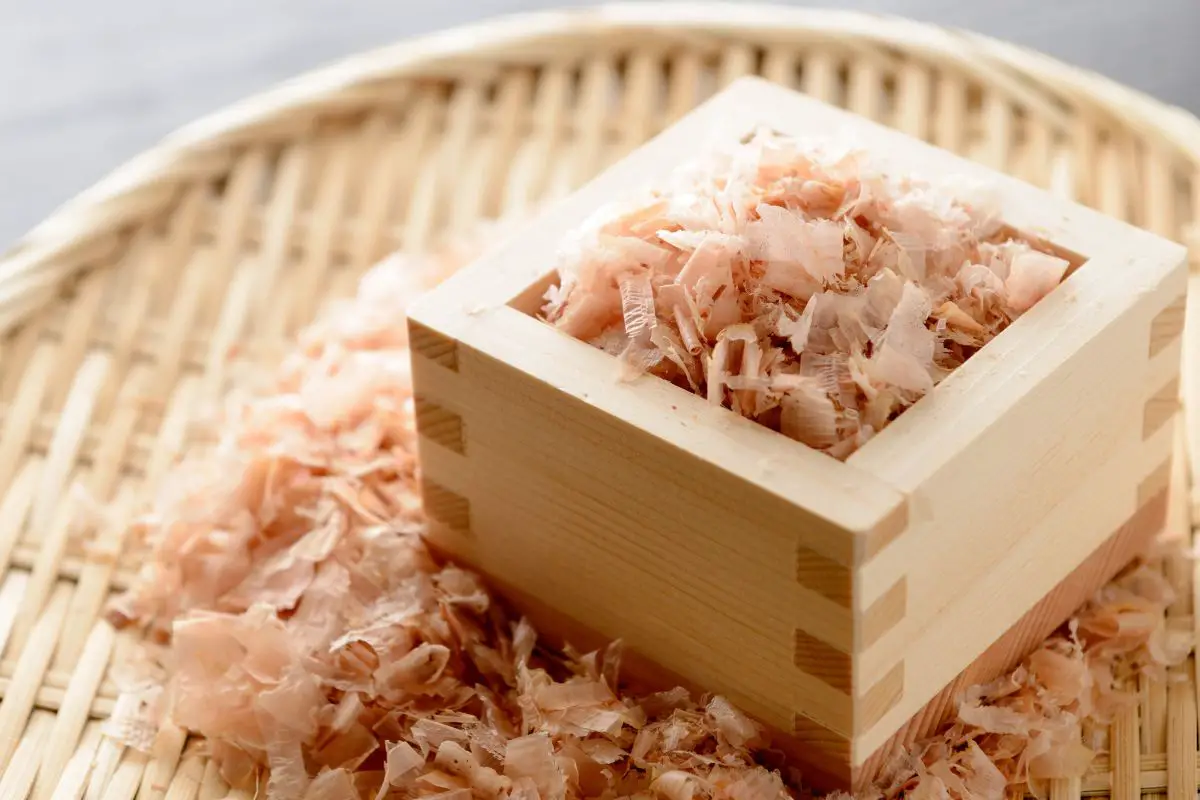
As the flakes have no thickness or moisture in them, they’re not chewy at all.
Instead, bonito flakes are very light and feathery. When eaten straight, they almost melt on your tongue because of how thin they are.
The thinness of the bonito flakes also leads to them having a very unique feature.
When bonito flakes are used as a topping on hot foods such as okonomiyaki (savory pancakes) the heat of the food causes the flakes to move around as if they are alive.
They flutter and crease independently of each other and it can be a very strange sight if you are not expecting it!
This is due to the flakes absorbing some moisture from the steam that hot food emits. Once they have enough moisture in them again, they will stop moving.
What Nutrients Do Bonito Flakes Include?
As skipjack tuna is processed and turned into bonito flakes, the fish is fermented. This not only helps to give bonito flakes their unique taste and aroma but also contributes to the nutrients included in the flakes.
Most types of fish naturally contain several healthy vitamins and minerals and this fermentation process only adds to the profile of bonito flakes.
They’re rich in several of the important nutrients that the body needs to help distribute protein around the body, such as iron, calcium, and many amino acids.
Bonito flakes also contain high amounts of vitamin B. This vitamin is known to help reduce mental fatigue and prevent high blood pressure.
What Are Bonito Flakes Used For?
Bonito flakes can be used for a variety of purposes. Some people like to eat them as snacks straight out of the bag, but this isn’t their most common use.
The two most common uses for bonito flakes are as a topping or as an ingredient in other dishes. They can also be used as seasonings as a few bonito flakes will add some umami flavor to a variety of other recipes.
When used as a topping, they’re commonly placed on okonomiyaki, rice, meat, or takoyaki (octopus balls.) In many of these cases, you will be able to see the effect we spoke of earlier and will see the flakes move around as if they were alive.
Another common use for bonito flakes is as an ingredient in
Bonito flakes are often used to add some umami flavors to ingredients such as noodles, tofu, vegetables, and rice. One of the most common ways they’re used is to make neko mamma (cat rice) which is rice sprinkled with bonito flakes.
You may also find bits of bonito flakes inside onigiri (rice balls) and they’re a key ingredient in the popular seasoning mix furikake.
Furikake can be used to season almost anything in Japanese cooking, which means that bonito flakes can be virtually any Japanese dish!
Final Thoughts
In this article, we took a close look at bonito flakes or katsuobushi. We explained what bonito flakes are and how they are made from skipjack tuna.
We explained the complex taste of bonito flakes and that they taste savory, salty, fishy, and smoky. The easiest way to describe their taste is umami.
As well as their taste, we also explained the texture of bonito flakes and the various nutrients they contain. Finally, we looked at how bonito flakes can be used and how their flavor contributes to their uses.
We found that bonito flakes are very versatile and can be used in a wide range of dishes.
We hope that this article has explained all of your questions about bonito flakes and their flavor.
Bonito Flakes: What Are They And How Do They Taste?
Course: Taste Like4
servings30
minutes40
minutes300
kcalIngredients
Bonito Flakes
Directions
- Bonito flakes can be used for a variety of purposes. Some people like to eat them as snacks straight out of the bag, but this isn’t their most common use.
- The two most common uses for bonito flakes are as a topping or as an ingredient in other dishes. They can also be used as seasonings as a few bonito flakes will add some umami flavor to a variety of other recipes.
- When used as a topping, they’re commonly placed on okonomiyaki, rice, meat, or takoyaki (octopus balls.)
- Another common use for bonito flakes is as an ingredient in soup stock and sauces. One of the most commonly used stocks in Japanese cooking is dashi and this uses bonito flakes as the main ingredient.
- Bonito flakes are often used to add some umami flavors to ingredients such as noodles, tofu, vegetables, and rice. One of the most common ways they’re used is to make neko mamma (cat rice) which is rice sprinkled with bonito flakes.
- You may also find bits of bonito flakes inside onigiri (rice balls) and they’re a key ingredient in the popular seasoning mix furikake. Furikake can be used to season almost anything in Japanese cooking, which means that bonito flakes can be virtually any Japanese dish!
Recipe Video
https://youtu.be/KnYagxBhA5kVideo can’t be loaded because JavaScript is disabled: Food of the Gods: Discovering the Bonito Flakes of Mie Prefecture (https://youtu.be/KnYagxBhA5k)- What Exactly Do Chickpeas Taste Like? Is There A Distinct Flavor? - September 30, 2023
- ef="https://butterandsaltgatherings.com/top-11-low-carb-options-at-sonic-drive-in-for-keto-diet/">Top 11 Low Carb Options at Sonic Drive-In for Keto Diet - September 30, 2023
- What Should You Serve Alongside Potato Salad? 8 Incredible Side Dishes - September 30, 2023

